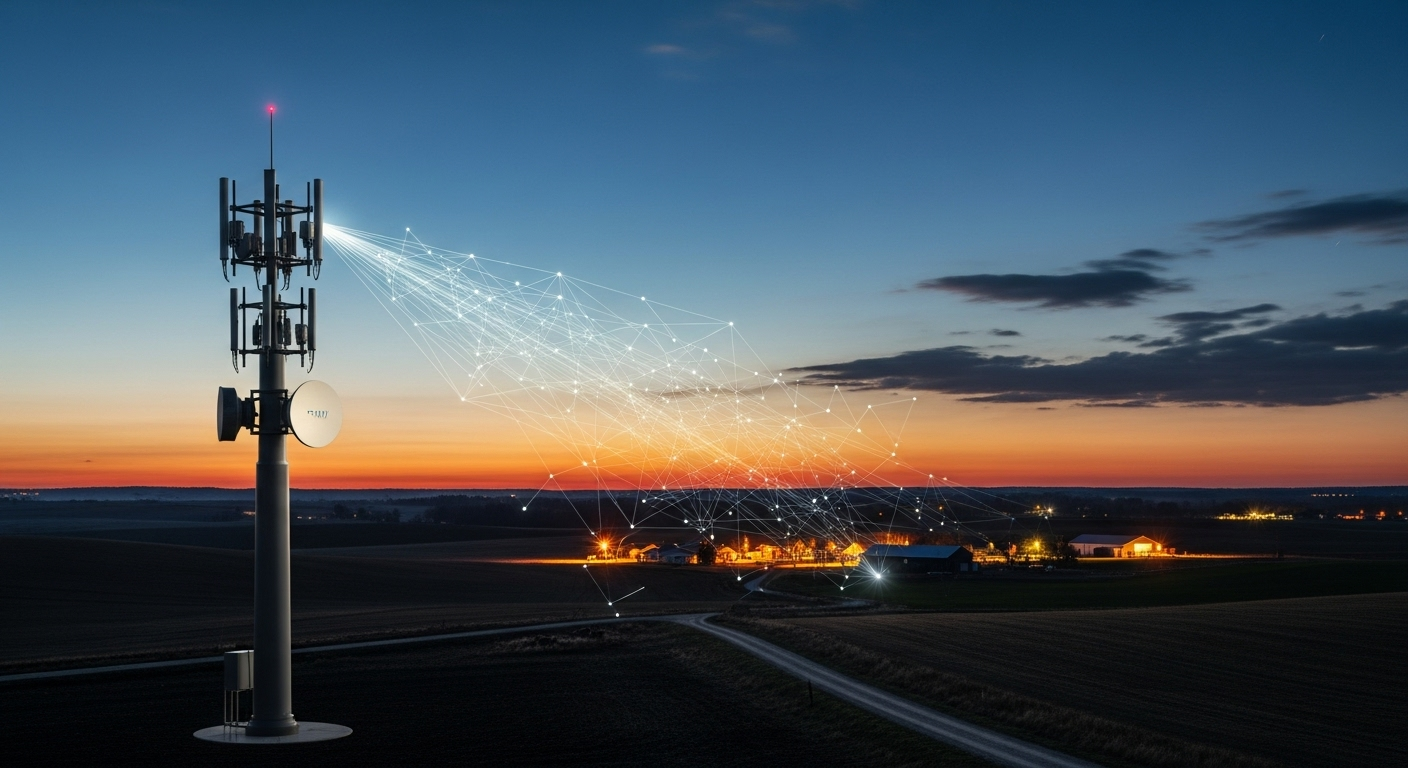Unraveling the Potential of Fixed Wireless Access (FWA) in Telecommunications
The advent of Fixed Wireless Access (FWA) in the telecommunications industry marks a new chapter in the ongoing saga of connectivity solutions. With the potential to transform how we access the internet, this technology promises to reshape the future of digital communication. But what is FWA, and why is it important? Let's delve into its historical context, current trends, and potential future impacts.

A Historical Perspective on FWA
Fixed Wireless Access, commonly known as FWA, is not a new concept in telecommunications. Its roots trace back to the 1990s when it was first introduced as a potential alternative to wired broadband connectivity. However, its early adoption was fraught with challenges, primarily due to the limited reach of wireless signals and the high costs of installation and maintenance.
But technological advancements over the years have paved the way for modern FWA solutions. Leveraging enhanced wireless technologies, today’s FWA offers a viable option for providing high-speed, reliable internet access, especially in areas where wired broadband infrastructure is lacking or non-existent.
The Current Landscape of FWA
The resurgence of FWA in recent years can be attributed to several factors. Regulatory changes have opened up new frequency bands for commercial use, making it economically viable for service providers to offer FWA solutions. Meanwhile, advancements in wireless technologies have improved signal strength and coverage, addressing some of the early challenges associated with FWA.
On the consumer front, the demand for high-speed internet access has never been higher. With the proliferation of smart devices and the increased adoption of data-intensive applications such as video streaming and online gaming, FWA is well-positioned to meet the growing connectivity needs of today’s digital world.
The Impact and Challenges of FWA
FWA offers several benefits that could potentially revolutionize the way we access the internet. It provides a cost-effective solution for delivering high-speed internet access, particularly in areas where it’s impractical or uneconomical to lay fixed-line infrastructure. Additionally, FWA can be deployed quickly, making it an ideal solution for addressing immediate connectivity needs.
However, it’s not without its challenges. The performance of FWA is heavily dependent on line-of-sight, which means obstructions like buildings and trees can significantly degrade signal quality. FWA also requires significant investment in infrastructure, including the installation of base stations and customer premises equipment.
Despite these challenges, the potential of FWA is undeniable. With the right strategies and continued technological advancements, FWA could play a significant role in shaping the future of our digital world.
Practical Applications of FWA
FWA has a wide range of applications across various sectors. In the residential market, it can provide high-speed internet access in areas not served by traditional broadband. For businesses, FWA can offer a reliable and cost-effective solution for connecting remote offices or temporary sites. In the public sector, FWA can be used to provide connectivity in rural schools, healthcare facilities, and other community institutions.
In conclusion, while FWA is not a new concept, its potential is only now being fully realized, thanks to the convergence of technological advancements, regulatory changes, and growing consumer demand for high-speed internet. As we continue to embrace the digital age, FWA may prove to be a key player in the telecommunications industry, offering a promising alternative to traditional broadband connectivity.





